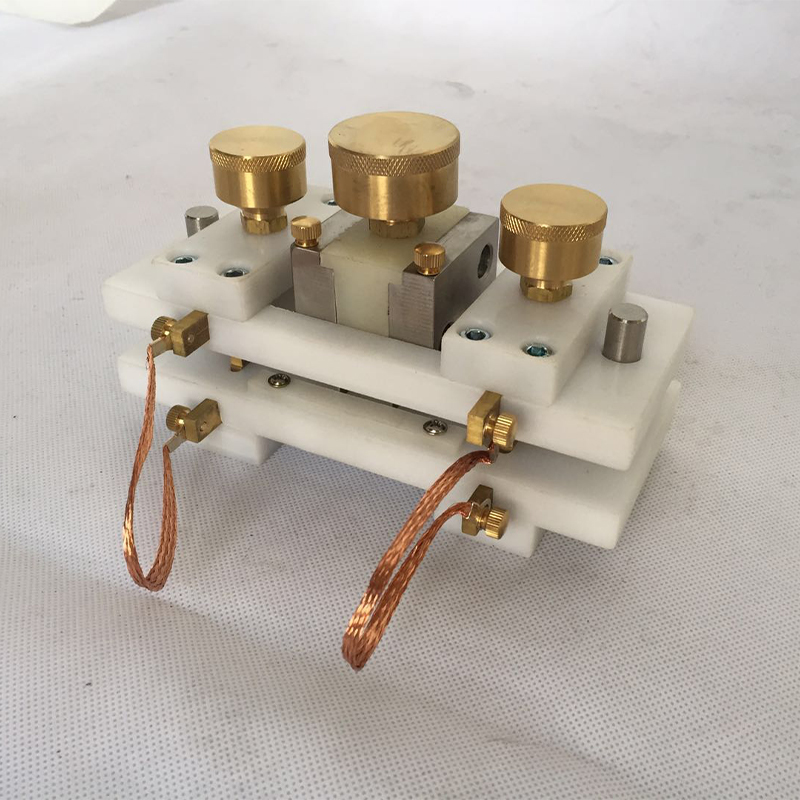uv irradiation cross-linked machine
UV Irradiation Cross-Linked Machines A New Era in Material Engineering
In the rapidly evolving field of material engineering, UV irradiation cross-linked machines have emerged as a pivotal technology, revolutionizing how materials are processed and utilized across various industries
. These innovative machines leverage ultraviolet (UV) light to induce a cross-linking reaction in polymers and other materials, enhancing their properties and usability.The principle behind UV irradiation cross-linking lies in the photochemical reactions that occur when certain polymers are exposed to UV light. This exposure causes the polymer chains to bond more tightly with each other, forming a three-dimensional network. This network significantly enhances the material's mechanical strength, chemical resistance, and thermal stability. As a result, products treated with UV cross-linking demonstrate superior performance compared to their non-cross-linked counterparts.
One of the key advantages of using UV irradiation for cross-linking is its efficiency. Traditional cross-linking methods often rely on heat or chemical additives, which can be time-consuming and may involve complex processing steps. In contrast, UV irradiation delivers a rapid cure, often within seconds. This efficiency not only speeds up production times but also reduces energy consumption, making it a more sustainable choice for manufacturers.
The versatility of UV cross-linking technology is another factor contributing to its growing popularity. It can be applied to a range of materials, including coatings, adhesives, and inks. In the coatings industry, for example, UV cross-linked coatings are preferred for their durability, scratch resistance, and aesthetic finish. Similarly, in the adhesive sector, UV-curable adhesives offer quick setting times and strong bonding capabilities, which are essential for high-speed manufacturing processes.
uv irradiation cross-linked machine

Moreover, UV irradiation cross-linked machines are environmentally friendly. The process generates fewer volatile organic compounds (VOCs) compared to traditional methods, aligning with the increasing demand for sustainable manufacturing practices. This reduction in harmful emissions not only benefits the environment but also contributes to a healthier workplace for employees.
In terms of application, UV cross-linking technology has found its place in various sectors, including automotive, electronics, and healthcare. In the automotive industry, UV-cured paints and coatings enhance the longevity and appearance of vehicles. In electronics, UV-cured materials are used to create durable and reliable components that withstand harsh conditions. The healthcare sector also benefits from UV cross-linking, as it allows for the production of biocompatible materials used in medical devices and implants.
However, as with any technology, there are some challenges to consider. The effectiveness of UV cross-linking is dependent on several factors, including the intensity of the UV light, the exposure time, and the specific type of polymer being used. Manufacturers must optimize these parameters to achieve the desired results, which may require extensive testing and development.
In conclusion, UV irradiation cross-linked machines represent a significant advancement in material processing technology. The combination of efficiency, versatility, and environmental benefits makes this method an attractive choice for a wide range of industries. As research continues and technology advances, it is likely that UV cross-linking will further expand its applications, paving the way for innovative materials that meet the demands of the future.
-
Why the Conductor Resistance Constant Temperature Measurement Machine Redefines Precision
NewsJun.20,2025
-
Reliable Testing Starts Here: Why the High Insulation Resistance Measuring Instrument Is a Must-Have
NewsJun.20,2025
-
Flexible Cable Flexing Test Equipment: The Precision Standard for Cable Durability and Performance Testing
NewsJun.20,2025
-
Digital Measurement Projector: Precision Visualization for Modern Manufacturing
NewsJun.20,2025
-
Computer Control Electronic Tensile Tester: Precision and Power for the Modern Metal Industry
NewsJun.20,2025
-
Cable Spark Tester: Your Ultimate Insulation Assurance for Wire and Cable Testing
NewsJun.20,2025
 Copyright © 2025 Hebei Fangyuan Instrument & Equipment Co.,Ltd. All Rights Reserved. Sitemap | Privacy Policy
Copyright © 2025 Hebei Fangyuan Instrument & Equipment Co.,Ltd. All Rights Reserved. Sitemap | Privacy Policy
